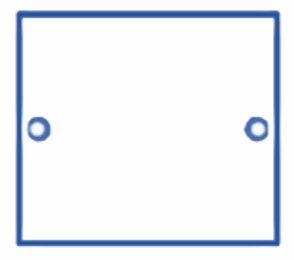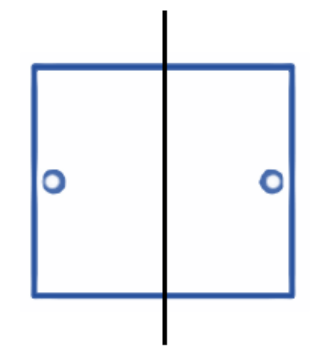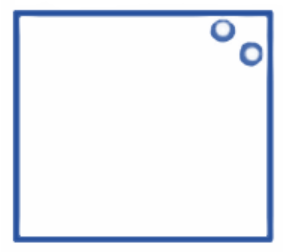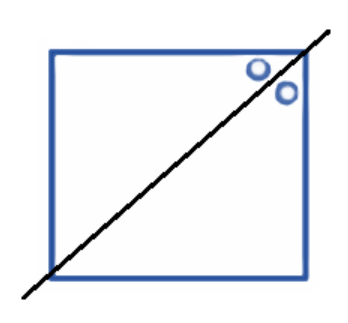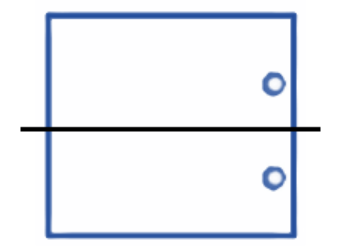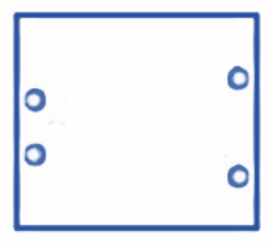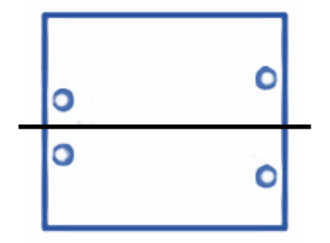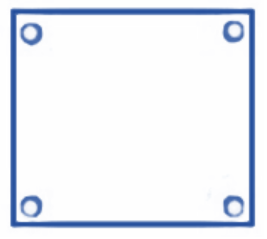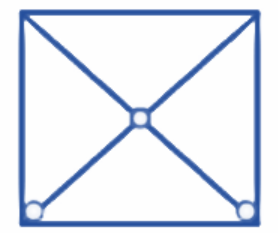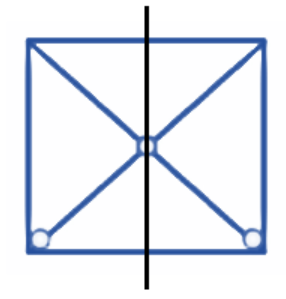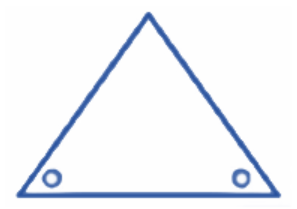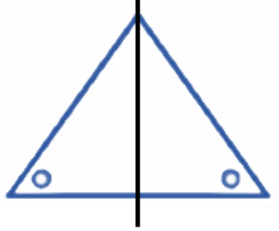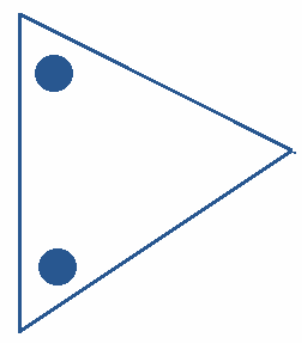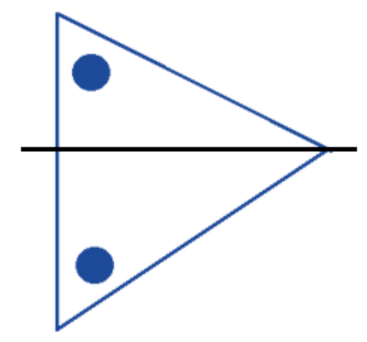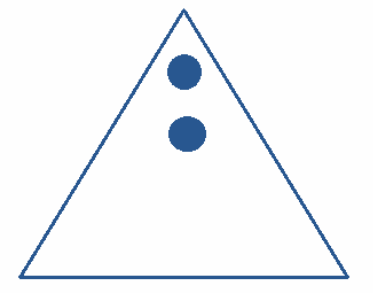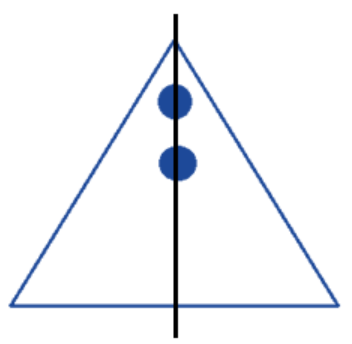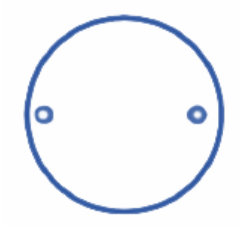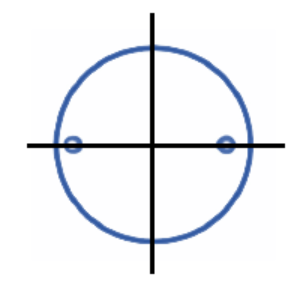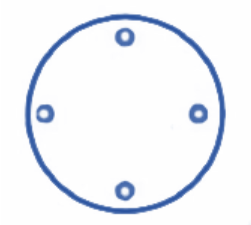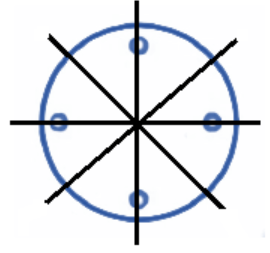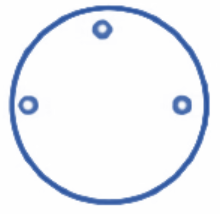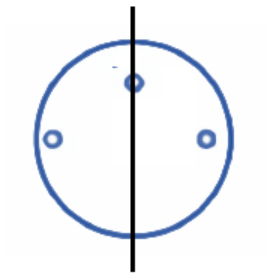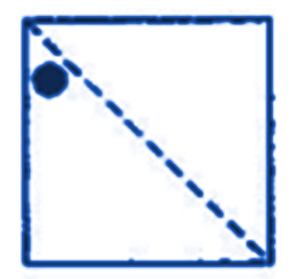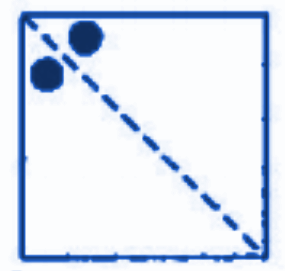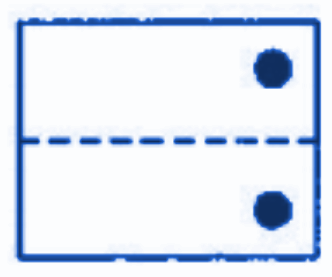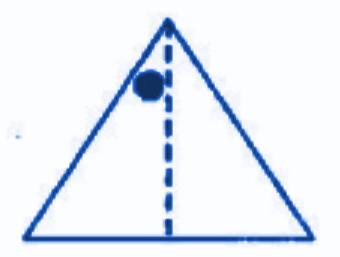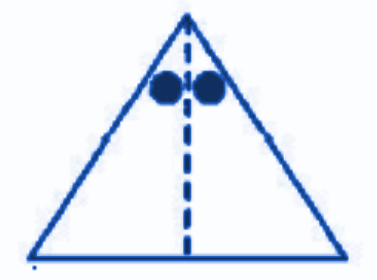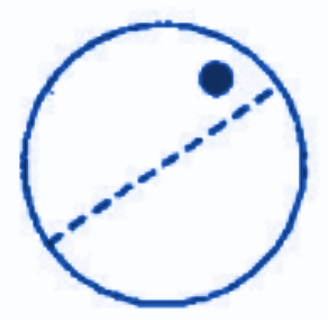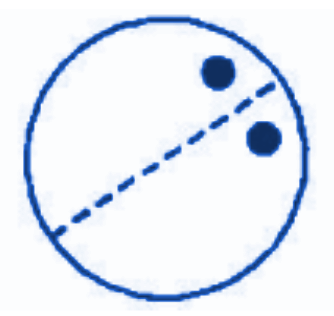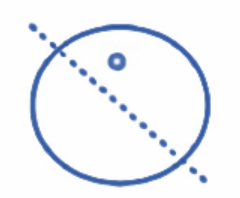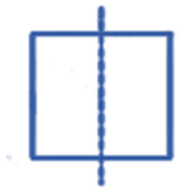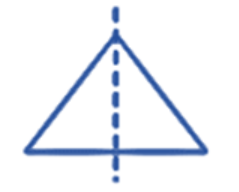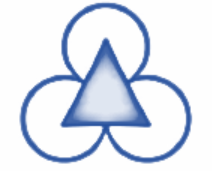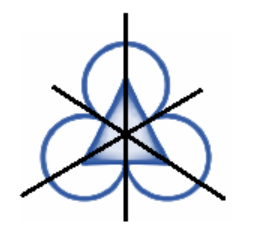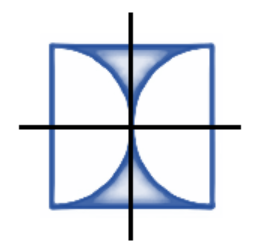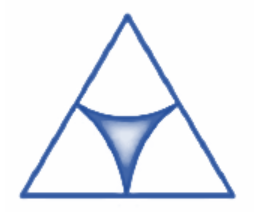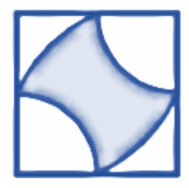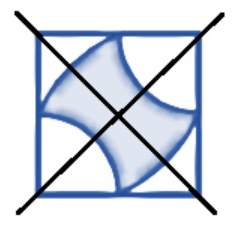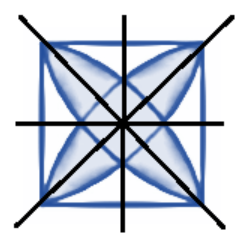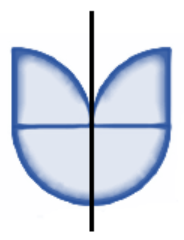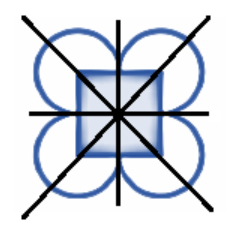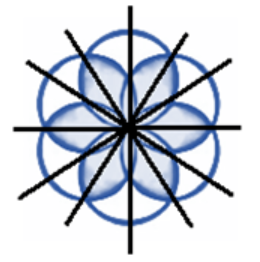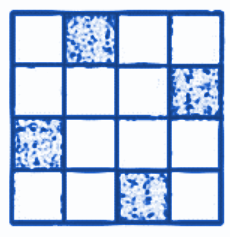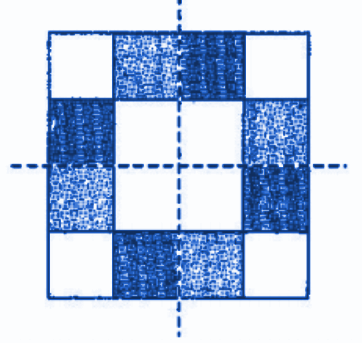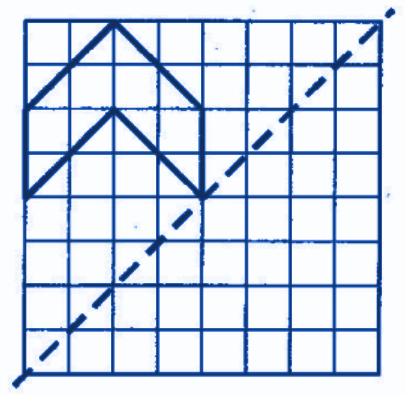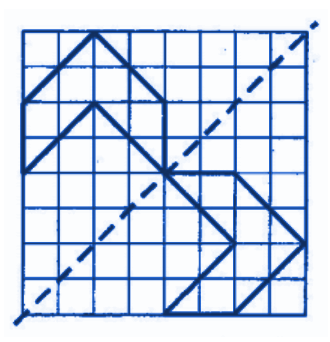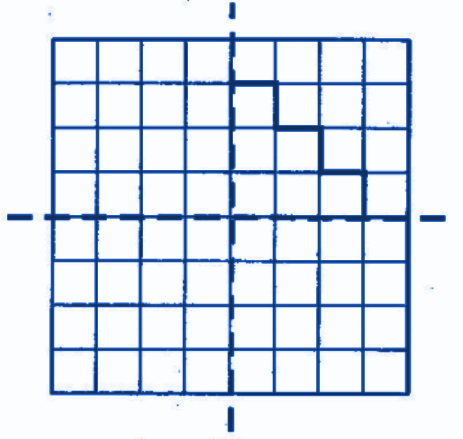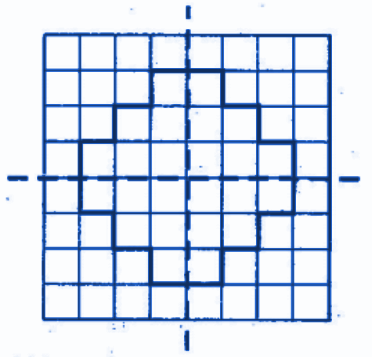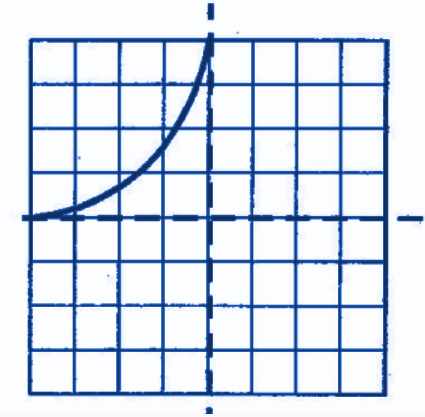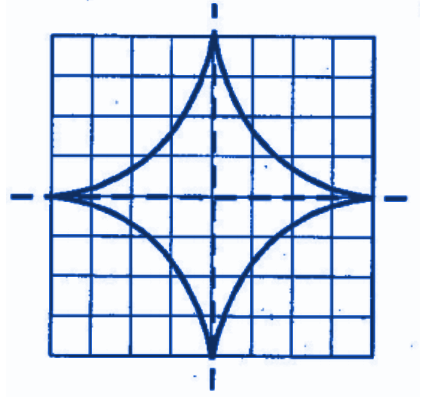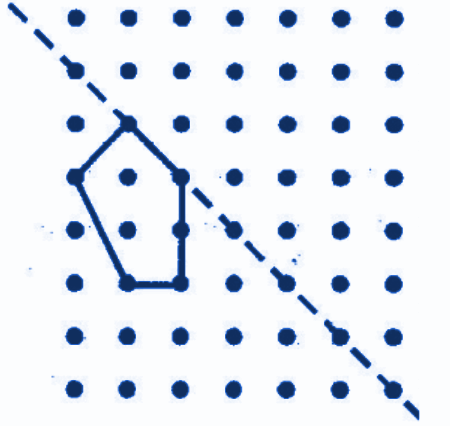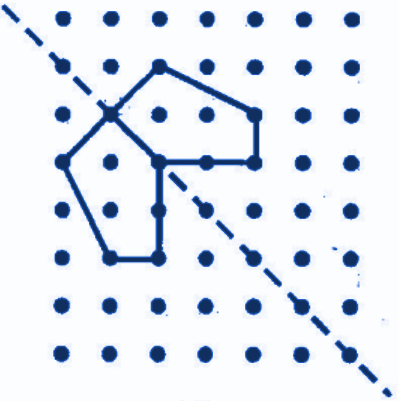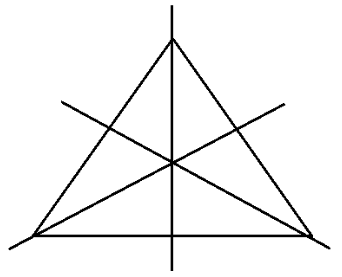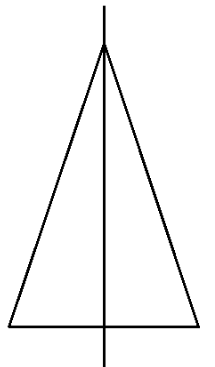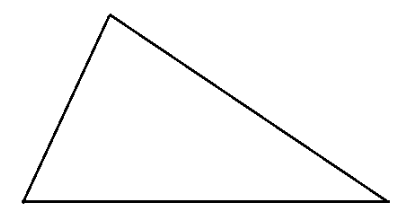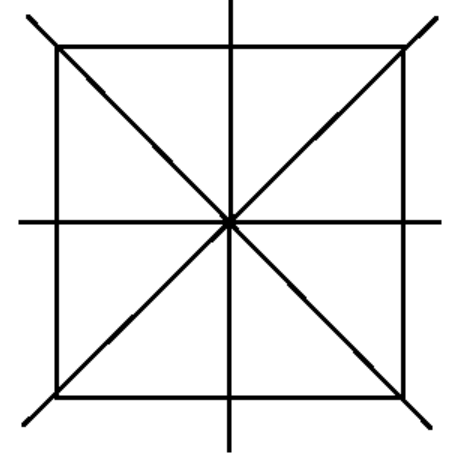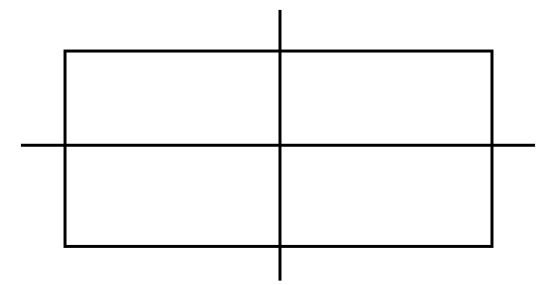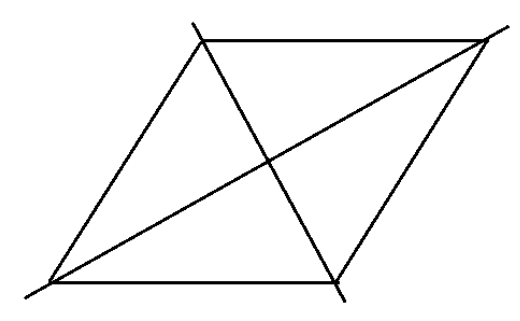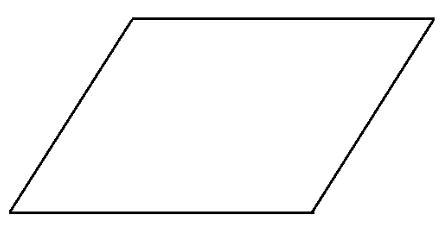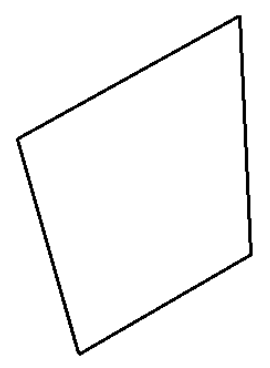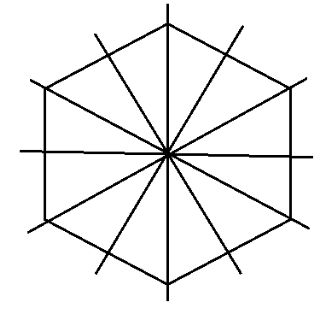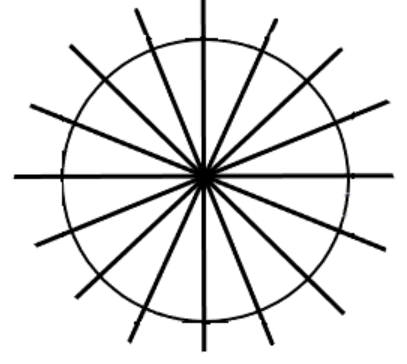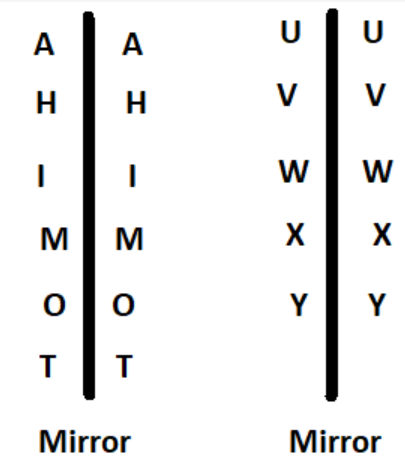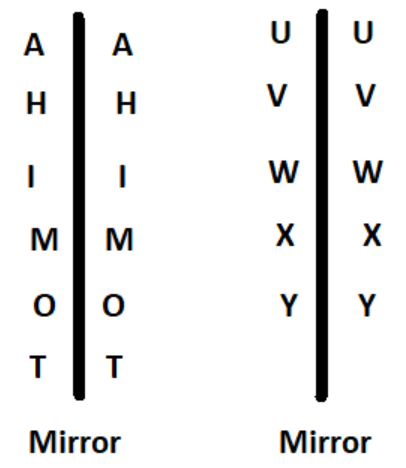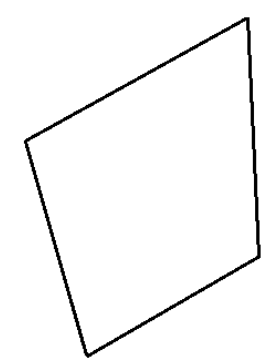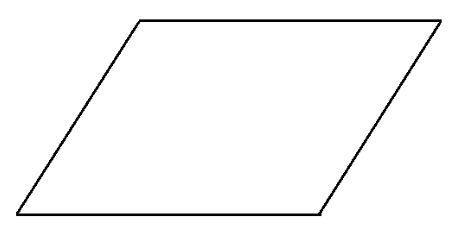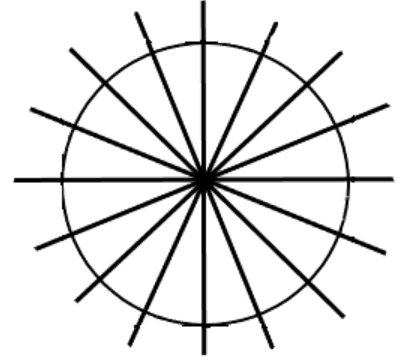NCERT Solutions for Class 7 Maths Chapter 12 (EX 12.1)






FAQs on NCERT Solutions for Class 7 Maths Chapter 12 Symmetry Ex 12.1
1. What is an algebraic expression and its types we studied in Class 7 Maths Chapter 10 Exercise 10.1 Solutions Algebraic Expressions.
An algebraic expression is a mathematical phrase that includes variables, constants, and operators. Types include monomials (single term), binomials (two terms), and polynomials (multiple terms).
2. How do you simplify algebraic expressions in class 7 maths chapter 10 algebraic expressions exercise 10.1 solutions?
Simplifying algebraic expressions involves combining like terms, performing arithmetic operations, and reducing the expression to its simplest form.
3. What are the basic rules of algebra in Class 7 Chapter 10 Maths Exercise 10.1?
Basic rules include the commutative, associative, and distributive properties, as well as rules for combining like terms and performing operations with variables and constants.
4. How do you write algebraic expressions from word problems?
As we studied in Class 7 Maths Chapter 10 Algebraic Expressions Exercise 10.1 solutions, To write algebraic expressions from word problems, identify the variables and constants, translate the words into mathematical symbols, and form the expression using arithmetic operations.
5. What is the difference between an equation and an expression in NCERT Solutions for Class 7 Maths Chapter 10 Ex 10.1?
An equation is a mathematical statement that asserts the equality of two expressions, while an expression is a combination of variables, constants, and operations without an equality sign.
6. What is a coefficient in an algebraic expression?
A coefficient is a numerical factor that multiplies a variable in a term. For example, in 5x5x, 5 is the coefficient. Learn more about coefficients in NCERT Solutions for Class 7 Maths Chapter 10 Ex 10.1.
7. What is a constant in an algebraic expression?
A constant is a fixed numerical value in an expression that does not change. For example, in the expression 4+3x4+3x, 4 is the constant.
8. How do you identify like and unlike terms you studied in class 7 maths chapter 10 algebraic expressions ex 10.1?
Like terms have the same variable raised to the same power, while unlike terms have different variables or powers. For example, 3x and 5x are like terms, but 3x and 3y are unlike terms. Understand this topic more efficiently from NCERT Class 7 Maths Chapter 10 Exercise 10.1.
9. How can I form an algebraic expression from a given statement answer this according to class 7 maths chapter 10 algebraic expressions ex 10.1.
To form an algebraic expression, translate the words into mathematical symbols, identify the variables and constants, and write them as an expression using arithmetic operations.
10. What is the significance of learning algebraic expressions from NCERT Class 7 Maths Chapter 10 Exercise 10.1?
Learning algebraic expressions is crucial as they form the basis for understanding higher-level algebra and solving equations, which are used in various real-life applications.






















